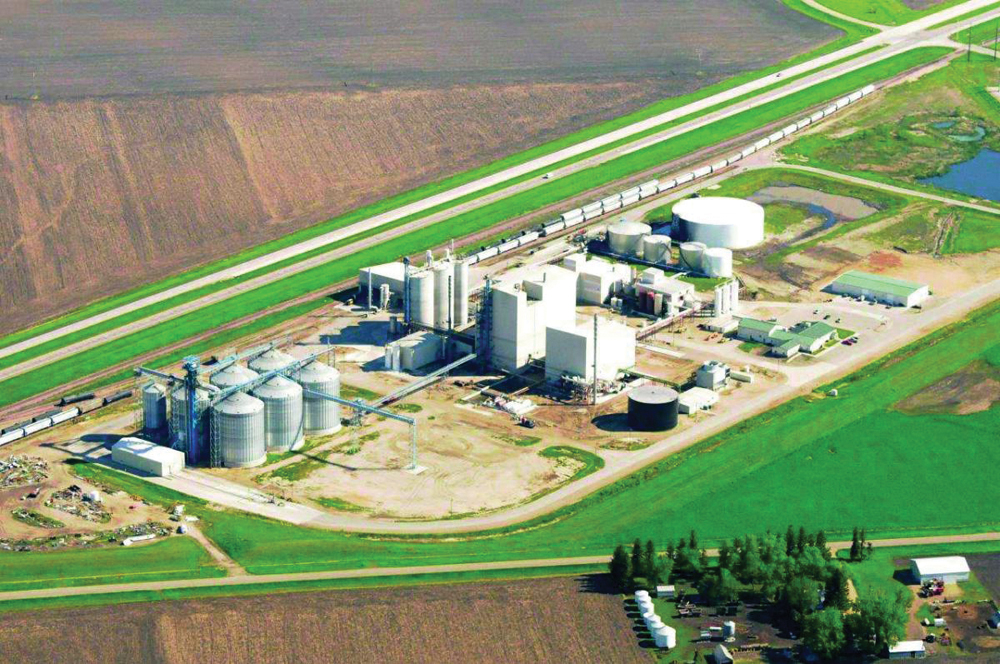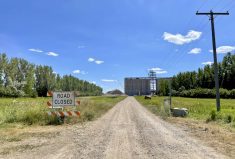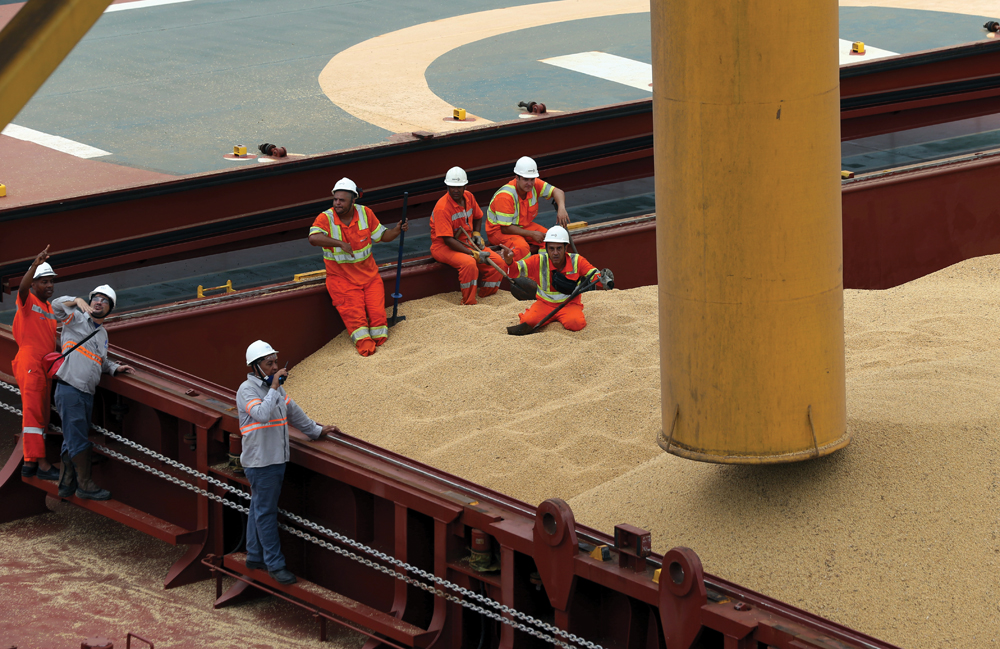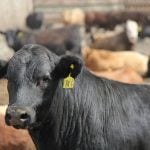A committee studying the case for building a soybean-crushing plant in western Manitoba is undeterred by plans announced last week for one in Spiritwood, North Dakota, 140 km west of Fargo.
“I think this just confirms to us that there is a significant potential here and I am quite sure we will continue to investigate and see where this leads us,” Allan Preston, co-vice-chair of the Westman Opportunities Leadership Group (WOLG), said Feb. 8 in an interview.
- Read more: U.S. soy grower co-op plans North Dakota crush plant
Read Also

Manitoba canola embattled by verticillium
Verticillium stripe pressure has been growing in Manitoba, and canola farmers still have precious few tools to protect their crop from the disease.
“Although there is due diligence to be done yet (on the proposed plant at Spiritwood) and there are no shovels in the ground, this lends credence to the fact that our soybean acreage throughout the northern Great Plains, on both sides of the border, is expanding north and west at a pretty phenomenal rate.
“This new facility will be about six hours from my house. That’s a pretty big radius. We are focusing considerably farther north and farther west from where this would be, so in essence they would not necessarily be competing for the same acres anyway.”
Minnesota Soybean Processors, a co-operative, announced Feb. 7 it wants to build a US$240-million 3,400-tonne-a-day soybean meal, oil and biodiesel plant in Spiritwood.
The company hasn’t raised all of the funding yet, but officials said they are optimistic they will start bringing in soybeans in the fall of 2018, Agweek reported.
Choosing a location allows the co-op to do a preliminary engineering and design study, which would determine the “feasibility of construction.”
The co-op said it will work with the North Dakota Agricultural Products Utilization Commission to complete the feasibility study.
Minnesota Soybean Processors began crushing soybeans at Brewster, Minnesota in 2003 and added a biodiesel operation in 2005.
“Our preliminary market analysis shows there are markets this facility would serve that would complement our current efforts at the Brewster facility to reach both global and domestic markets for meal and oil,” Minnesota Soybean Processors general manager Scott Austin said in a news release. “We also believe that the biodiesel from this plant would serve both domestic and international markets.”
The new plant would produce about 900,000 tons of soybean meal per year and 490 million pounds of oil. Half the oil produced would go to biodiesel and the rest to food-grade soybean oil.
Community leaders in western Manitoba have been thinking about the potential for a soybean-crushing plant for a while, WOLG chairman Ray Redfern said in an interview Dec. 22.
WOLG, whose volunteer members include business, farm and civic leaders from western Manitoba, was formed to investigate the idea. In partnership with the Brandon Economic Development Corporation they have hired EcDev Solutions to build a detailed work plan centred around “a strategic approach to assessing and, if applicable, pursuing the identified potential opportunity along with identifying funding sources for these efforts,” WOLG said in a news release. Funding for the preliminary work came from the Brandon Economic Development Corporation, with oversight by WOLG.
The WOLG investigation will be based on a hexane solvent extraction plant costing $60 million to $175 million.
Currently WOLG members are not investing to build the plant, nor are they soliciting investments, Preston said.
“What we are doing is laying the groundwork through the region and seeking out interest from various levels trying to get that solid foundation to make it an attractive situation to bring in a company that wants to build,” he said.
In May 2015 a study prepared for the Manitoba Pulse & Soybean Growers (MPSG) and Soy 20/20 concluded Manitoba soybean production could sustain a 2,000-tonne-a-day soybean-crushing plant, in part because of poor and expensive rail service to export soybeans and import soybean meal.
For several years soybeans have been Manitoba’s third-most-planted crop behind canola and spring wheat, respectively. Soybean plantings are expected to continue growing because of its profitability for farmers and ability to tolerate stress, including wet soil.
In 2016 Manitoba farmers planted a record 1.64 million acres of crop-insured soybeans, up 310,000 acres or 23 per cent from 2015, Manitoba Agricultural Services Corporation data shows. Moreover, the province-wide yield averaged 42 bushels an acre — exceeding the previous record of 38 set in 2013 and tied in 2015. As a result Manitoba farmers produced a record 18 million tonnes of soybeans last year.
Industry observers expect two million acres of soybeans this year. If the pace set the last five years continues Manitoba soybean plantings will hit three million acres by 2022.
Meanwhile, the local demand for soybean meal is expected to increase, Preston said.
“We see an expanding hog industry here in Manitoba and expanding demand for soybean meal hog rations,” he said. “The stars are aligned in a fashion that makes locating a plant somewhere in southwestern Manitoba still a pretty good idea.”
















